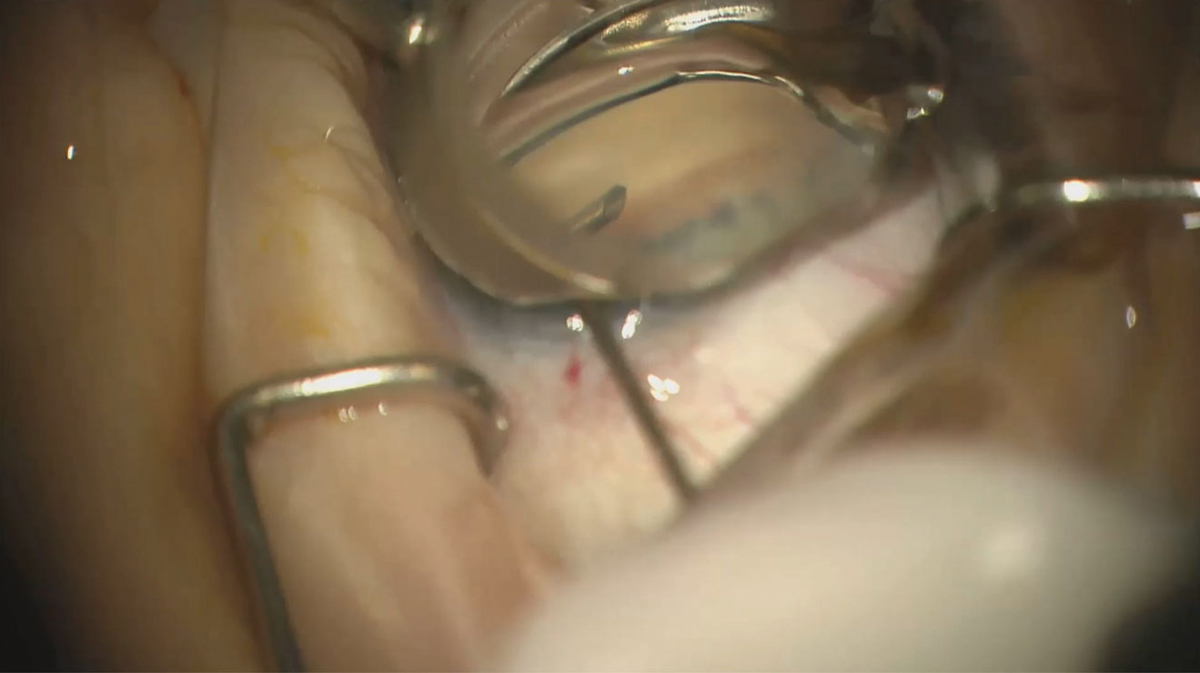 |  |
Combining two anterior segment glaucoma procedures in one, the Omni Surgical System (Sight Sciences) is a minimally invasive glaucoma surgery (MIGS) with the potential to benefit glaucoma patients of all stages, from early to advanced. FDA-approved in January 2018, Omni lowers intraocular pressure (IOP) and restores the natural outflow of aqueous humor in the eye, in hopes of minimizing the burden of and need for topical medications. This is especially appealing for those who are non-compliant with topical medications or who have ocular surface issues associated with long-term use of IOP-lowering eye drops.
Another MIGS in the Mix
The Omni uses transluminal viscoelastic delivery and trabeculotomy to address all three points of resistance to aqueous outflow: the trabecular meshwork, Schlemm’s canal and the collector channels.
First, the device is primed by inserting viscoelastic into the cannula. The cannula is then inserted into the trabecular meshwork and then into Schlemm’s canal, where the viscoelastic is released. The viscoelastic travels through Schlemm’s canal 180°. The device is then turned in the opposite direction, and the process is repeated for the remaining 180° of Schlemm’s canal. This causes the canal and collector channels to dilate. The catheter is extended into Schlemm’s canal again, where it creates a trabeculotomy upon its removal.
The Omni can be performed as a stand-alone procedure or in combination with cataract surgery. One study looked into the effects of combining the two and found that 66% of patients had at least a 20% reduction in IOP and 100% of the patients with an initial IOP of 22mm Hg or greater had an IOP reduction of at least 20%.1 The researchers concluded that the higher the IOP prior to surgery, the greater the reduction in IOP post-surgery.1
 |
| The Omni aims to improve aqueous flow at multiple junctures. Click image to enlarge. |
In the same study, each of the 13 pseudophakic eyes that received the standalone Omni procedure experienced an IOP reduction of at least 20%.1 Eighteen months after surgery, those who had the Omni procedure combined with cataract surgery had a mean IOP reduction of 39%, and those who had a standalone Omni procedure had a mean IOP reduction of 40%.1
Risks associated with Omni are low but include a spike in IOP, hyphema and fibrin in the anterior chamber, which typically resolves within a week of surgery.
Postoperative medications following Omni are similar to those of standard cataract surgery and include topical antibiotics for a week, topical NSAIDs for a month and tapered topical steroids for a month. In our practice, we typically stop the prostaglandin drop immediately after surgery, but if patients are taking other glaucoma medications, we continue their use to address the occasional steroid response.
MIGS procedures, including the Omni, are changing the way we treat and manage glaucoma patients by providing another effective means of lowering IOP with minimal risks.
Dr. Alleman is an ocular disease and ocular/refractive surgery resident at Virginia Eye Consultants. She graduated from the School of Optometry at the Massachusetts College of Pharmacy and Health Sciences in May 2020.
1. Brown R, Dhamdhere K, Tsegaw S, et al. Goniotomy combined with viscodilation of Schlemm’s canal for reducing IOP in open angle glaucoma. ASCRS presentation, May 2019. |

